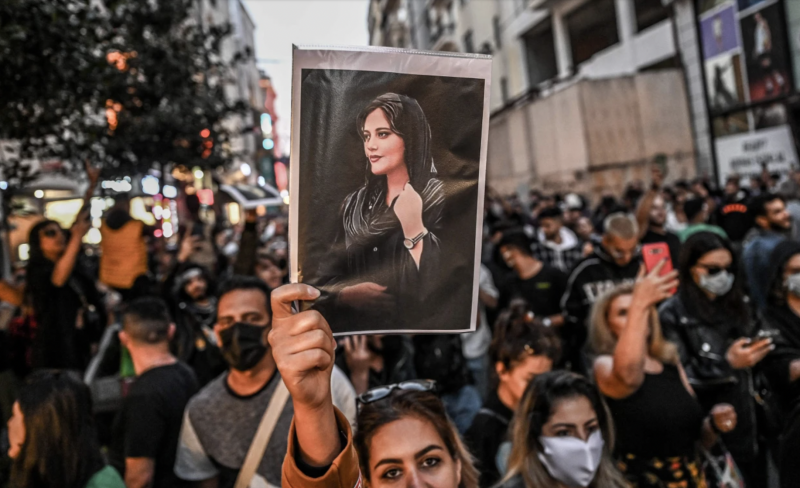By: Marissa Freeman
Journal of Global Rights and Organizations, Senior Articles Editor
TEHRAN, Iran – The wearing or not wearing of the hijab has been a controversial topic in Iran for many years, mainly because the way Iranian women dress is very different based on their socioeconomic, religious, cultural, and political backgrounds. The use of the hijab first became the subject of legislation in 1936 by Monarch, Reza Shah. Shah wanted women to remove their veil or “hijab” under his “unveiling” order. Shah’s vision of modernity included changing what Iranian women had to wear. As such, from 1941-1979 there were no laws requiring Iranian women to wear hijabs. However, the 1979 Islamic Revolution reintroduced the idea of hijab guidelines and since April 1983, Iranian women have been legally obligated to wear their hijab in public–including non-Muslims and foreigners visiting Iran. It is important to note, however, that the crimes of “bad hijab” or “improper hijab” are not defined by law, therefore, morality police are given wide discretion and may “crackdown” on women at their choosing. If a woman is found to be improperly wearing her hijab in public, she is usually escorted by the morality police to a class where she is mandated to sign a form assuring that she will never commit such an offense again. These women are also forced to learn Islamic values as a means of “rehabilitation”.

During the past few decades, Iranian women’s groups (and men) have protested, seeking change in the current hijab laws. Iranian women have fought this notion of “proper dress” by wearing the clothing and makeup they choose to, putting themselves at risk of criminal punishment. This resistance and unrest in Iran has skyrocketed following the death of Mahsa Amini–a twenty-two-year-old woman–while in the custody of Iran’s morality police. Amini was accused of improperly wearing her hijab or “cover” and was taken by Iranian morality police where she was beaten into a state of unconsciousness. Sadly, Amini passed away, succumbing to a heart attack as a result of her severe injuries. Following Amini’s death, thousands have joined protest efforts throughout Iran. In response to these demonstrations, Iranian security forces have responded with live ammunition– killing, injuring, and arresting protesters. As of September 27, the death toll was 41, but this number has likely increased.
The Office of the High Commissioner for Human Rights (“OHCHR”)–the leading United Nations (“UN”) entity in the area of human rights–has expressed great concern with Iran’s violent response to the growing hijab protests. UN Secretary-General António Guterres has publicly pleaded with Iranian security forces to stop using “unnecessary or disproportionate force”. Further, the OHCHR has publicly reminded Iranian authorities to “fully respect the rights to freedom of opinion, expression, peaceful assembly and association, as a State party to the International Covenant on Civil and Political Rights.” With this rise in protests and public support from UN members, there is hope among Iranians that the mandatory hijab laws will be reformed in accordance with modern belief.
For further information, please see:
MSNBC – Why Mahsa Amini’s death could be a turning point for women in Iran – 30 Sept. 2022
UN News – Iran: UN condemns violent crackdown against hijab protests – 27 Sept. 2022